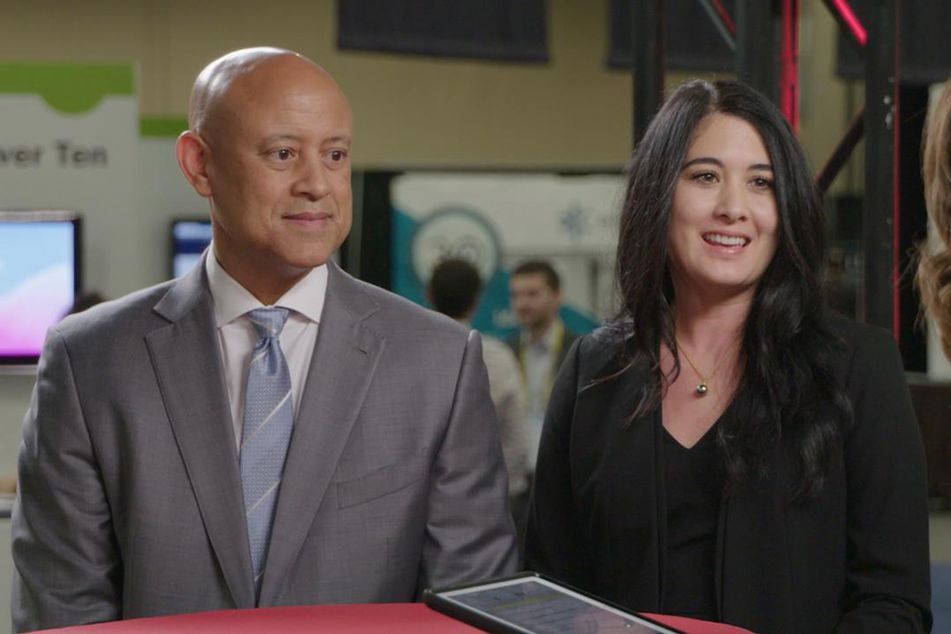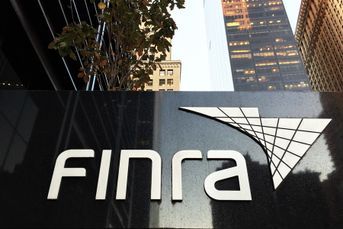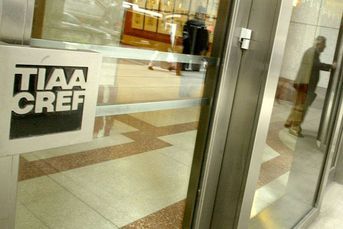How Tamarac grew from fintech startup to $1.2 trillion behemoth
 Envestnet Tamarac's Stuart DePina and Andina Anderson.
Envestnet Tamarac's Stuart DePina and Andina Anderson.
Early days at Tamarac were a far cry from the business Envestnet bought in 2012.
Envestnet Tamarac is one of the largest and most successful companies in the adviser technology market.
The Seattle-based fintech provides registered investment advisers with portfolio management, reporting, trading, client portal and client relationship management software. In 18 years, Tamarac has grown a user base of 1,000 RIAs who collectively use the technology to manage $1.2 trillion.
But Tamarac began in 2000 as little more than an indexing platform. Founder and current managing director Matt Springer thought of it while working as director of trading for Parametric Portfolio Associates, where he oversaw development of automated separate account management software that leveraged Parametric’s tax-advantaged indexing methodology.
Mr. Springer recognized a chance to build a tool that would bring the similar tax benefits to the RIA market, but the product required much manual portfolio rebalancing. To solve the problem, Mr. Springer and Brandon Rembe, who came aboard in 2003 as chief technology officer and now works as a managing director, began work on the product that would end up putting Tamarac on the map: an automated rebalancing engine.
(More: Envestnet Tamarac announces new client portal features and financial planning)
Realizing the software could make portfolio construction far more efficient for traders and chief investment officers, Mr. Springer pivoted the company in 2005 to make rebalancing Tamarac’s core value.
“It was unique. There wasn’t something already out there meeting that specific need with RIAs,” said Andina Anderson, who came aboard Tamarac in 2006 to lead client support and is currently managing director of client relations.
Before Tamarac, Ms. Anderson worked on the equity trading desk at Ragen MacKenzie, a local broker-dealer in the Seattle area, and she was excited about both the potential of the technology and the startup culture.
But Stuart DePina, who now serves as Tamarac president, was more skeptical.
In 2006, he was CEO of Who’s Calling, a private tech company, and was also on the board at Tamarac. Mr. DePina agreed to act as a consultant for the young firm as a personal favor to one of Tamarac’s shareholders but admits he wasn’t “jumping to join.”
“I frankly had never been at a company that small. I was employee eight or nine. They had sub-half-million in revenue,” Mr. DePina said. “In ’07, I felt it was a relatively narrow niche in terms of its offering.”
“To say I was enthusiastic would be an overstatement,” he added.
But as he met with clients, two things brought him around. First, the Tamarac technology actually delivered what it promised. Many technology companies in their early days rely on a “fake it 'til you make it” attitude, Mr. DePina said, offering what’s known as “vaporware,” technology that has been advertised but either isn’t fully built or is still just a concept.
(More: Envestnet’s Wood: The impact of technology on client satisfaction and adviser productivity)
Tamarac, though, didn’t have to fake anything, thus making it easier to work with clients. Those clients also raved about the support they received from people like Ms. Anderson, and Mr. DePina decided to stick around permanently.
One of those early clients, Halbert Hargrove president and chief operating officer John C. Abusaid, recalls working with the young Tamarac. Mr. Abusaid selected the rebalancing software over options like iRebal and Moxy, but three months later, it flopped. The firm thought it had the technical expertise to implement the product, but Mr. Abusaid said his team couldn’t figure it out.
“I was a little in the hot seat with my boss,” Mr. Abusaid recalls. Part of the challenge was Halbert Hargrove’s business model.
“Back then, we had maybe 1,200 accounts … we created a unique portfolio for everyone. We had 1,200 separate and distinct models.”
Mr. DePina personally visited the firm, which at the time managed about $1.2 billion in assets, and offered not just to help implement the Tamarac technology, but also to streamline the firm’s investment models. And Mr. DePina offered to stake his personal compensation that he could get it to work, Mr. Abusaid said.
“I don’t think I’ve ever had somebody with that sort of courage and conviction in what they could do,” he said.
The technology allowed Halbert Hargrove to centralize trading and rebalancing to lighten the burden on wealth advisers in the field.
“It propelled our firm forward incredibly,” he said.
The 2008 market crash actually ended up putting more wind in Tamarac’s sails, Mr. DePina said. Looking to trim fat, larger firms saw small RIAs using technology to be more efficient. Tamarac began attracting large clients, including its biggest thus far, The Mutual Fund Store, which was later sold to Financial Engines and has since merged with Edelman Financial.
Now, Tamarac works mostly with large RIAs. A metric the team likes to share is that more than a third of RIAs with more than $1 billion in AUM are Tamarac clients.
The success allowed Tamarac to expand its platform with reporting, client relationship management and portfolio management. Markets may have been upside down, but it was an exciting time to be in technology, Mr. DePina said.
“We were doubling down, for lack of a better term, in what we were doing,” he said. “From there, it’s been a whirlwind of growth.”
Then Envestnet came along.
The fintech giant was looking for a way to enter the RIA market, and Tamarac’s clients were looking for expanded access to SMAs and UMAs, which Envestnet offered. The acquisition news was a shock to some clients.
“I was driving to work when I got the call from Stuart [DePina],” Mr. Abusaid said. He had worked with Envestnet in the past and was worried that Tamarac would lose its small-company culture.
“I almost drove off the freeway and crashed.”
(More: Envestnet details plan to add annuities to wealth management platform)
Now, Mr. Abusaid is excited to see how Envestnet’s other business lines, like Yodlee, can improve the Tamarac platform. Most of the original Tamarac leadership team is still with the combined firm.
Envestnet has made good on its word to let Tamarac continue operating as an independent company.
“It gave our clients a lot of confidence and gave us a lot more visibility in the marketplace to bring in and capture attention and prospects,” Ms. Anderson said.
Tamarac, which today competes most directly with Orion Adviser Services, Advent Software’s Black Diamond and the custodial tech platforms, doesn’t show any signs of slowing down. It continues expanding integration with third-party technology companies, most recently adding LifeYield, a tax efficiency and optimization software. It also has a new partnership with Schwab Advisor Services.
The goal is to become the single platform an adviser needs to access every tool, dashboard or analysis that he or she needs to work with clients. But Ms. Anderson attributes the company’s continued success to focusing only on developing new products that clients request.
“Growth was always because it was what our clients said they wanted,” Ms. Anderson said. “We’ve added on to the product, but while we did that, we’ve tried to maintain being very open and modular and recognizing we aren’t going to be the best for every firm.”
That is advice that could well serve the next fintech firm aspiring to $1 trillion.
Learn more about reprints and licensing for this article.








